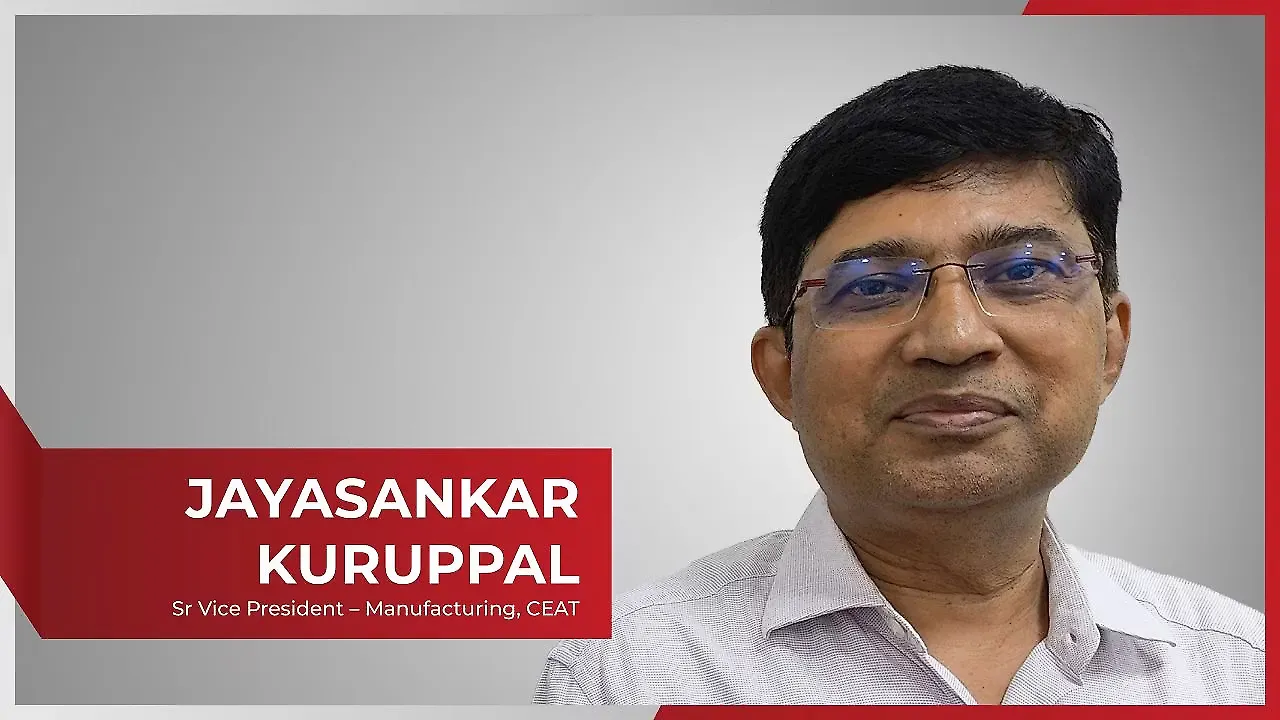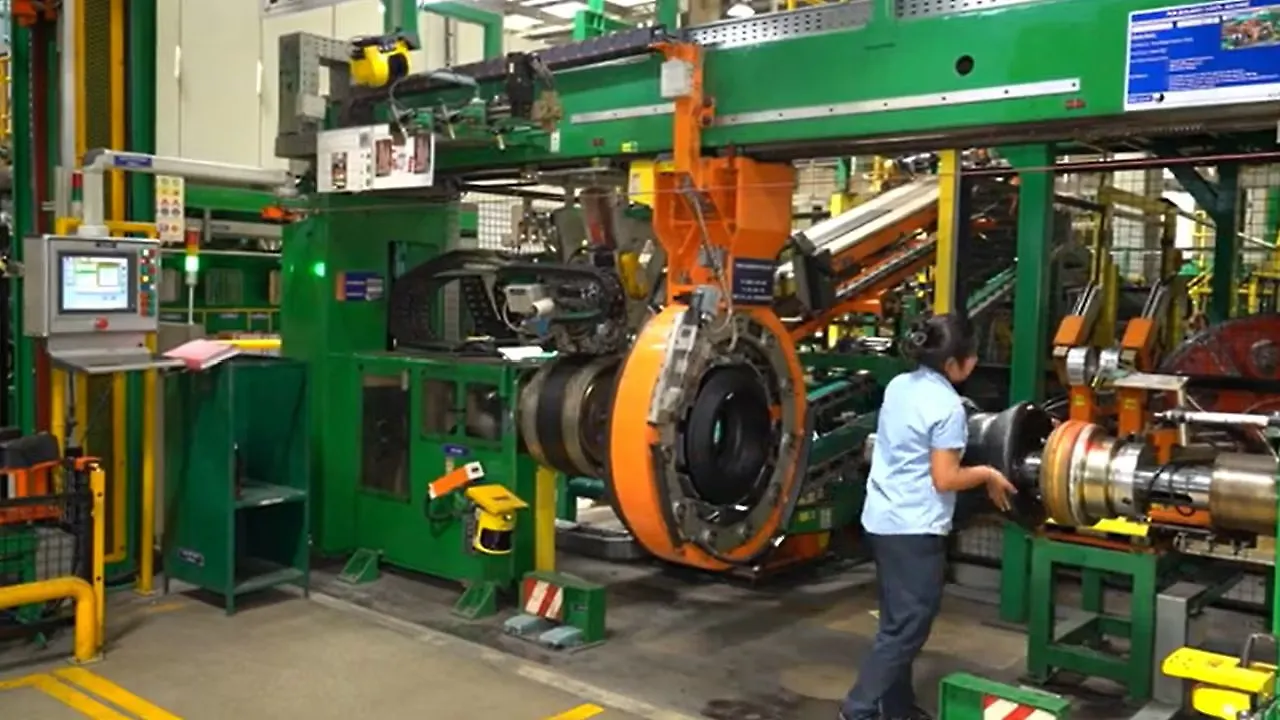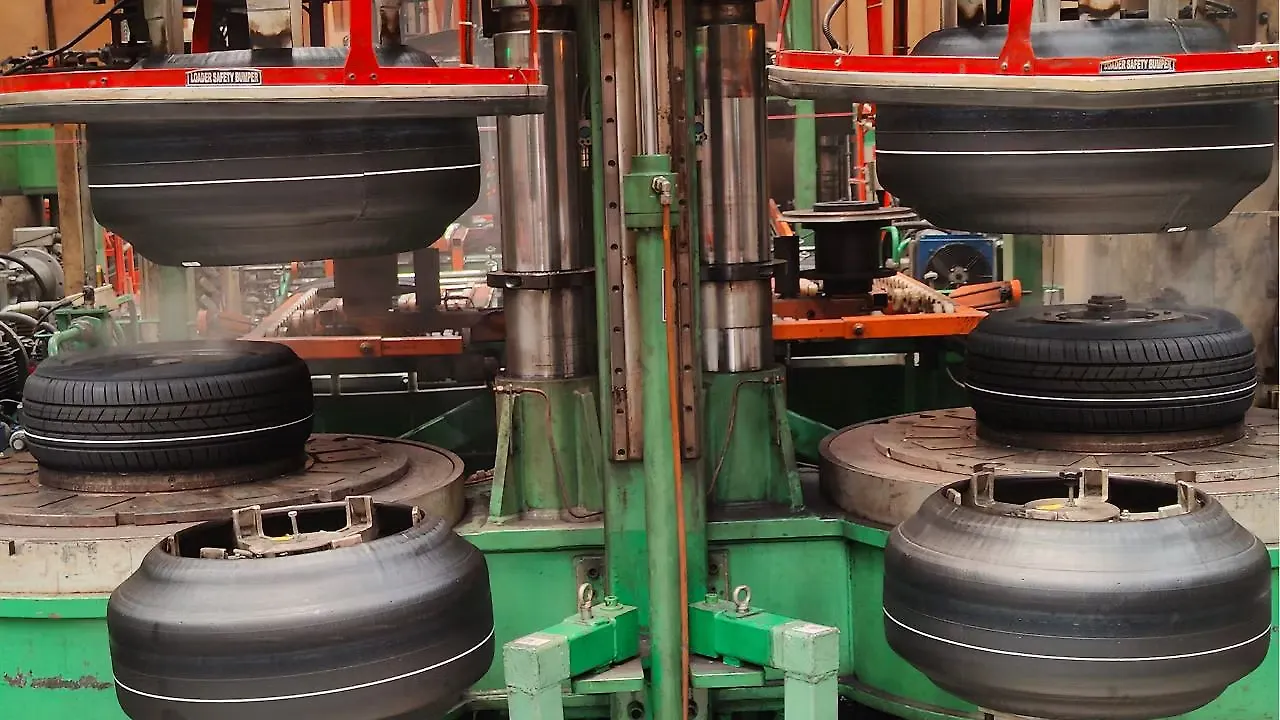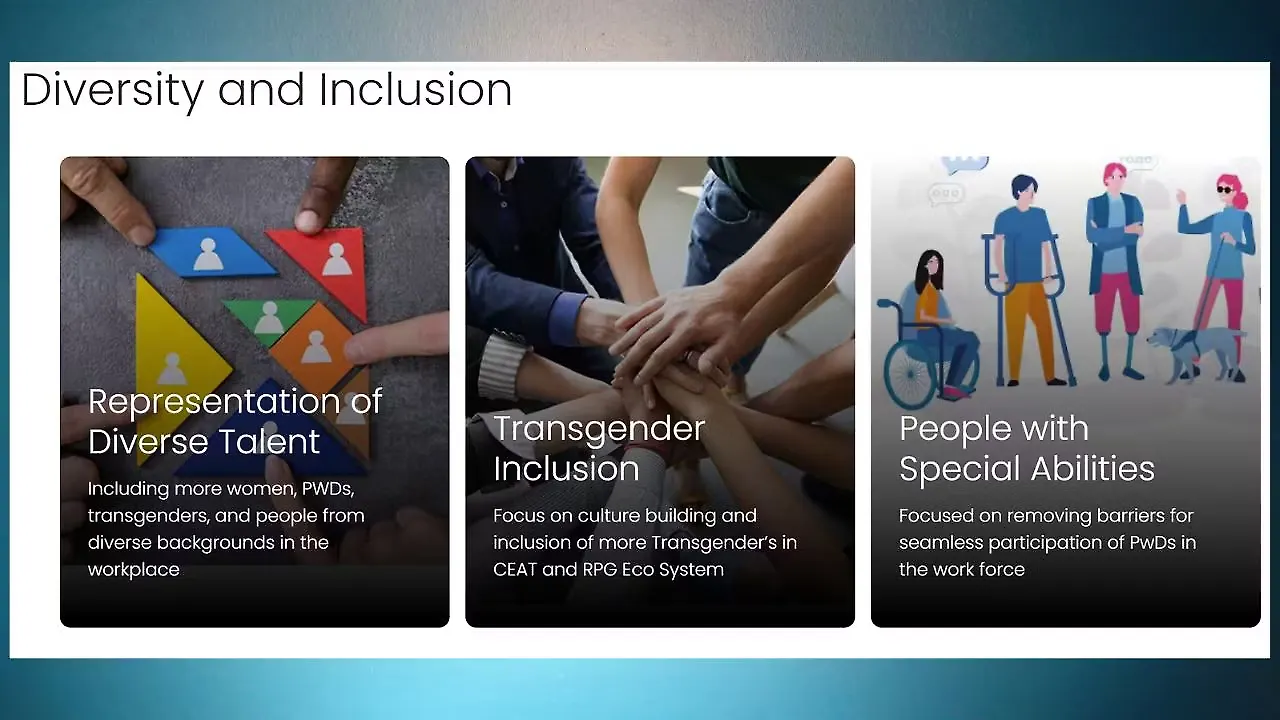
Jayasankar Kuruppal, Senior Vice President of Manufacturing at CEAT Ltd, is a versatile professional with expertise in implementing quality concepts and promoting Total Quality Management (TQM) practices across the organisation. Under his leadership, CEAT’s Halol manufacturing facility has been recognized by the World Economic Forum as an 'Advanced Fourth Industrial Revolution (4IR) Lighthouse,' highlighting its cutting-edge approach to industrial transformation. Edited excerpts:
How does CEAT manage challenges such as raw material sourcing, costs, environmental regulations, sustainability, and technological advancements?
At CEAT, we manage challenges through a structured five-year roadmap focused on three key areas: new product development, technology, and demand planning. This roadmap is reviewed annually, during the second quarter dedicated to assessing progress and adjusting strategies.
We start by evaluating new product development plans, followed by a deep dive into emerging technologies. For example, we anticipated the rise of electric vehicles (EVs) a decade ago. We also stay ahead of regulatory changes, such as the new European regulation that requires rubber to be sourced sustainably, ensuring that no forests are cleared for rubber plantations and that ethical practices, like responsible mining, are followed.
What are the primary areas of focus in managing and optimising your manufacturing operations?
On the manufacturing front, we focus on translating these technological advances into operational capabilities. We assess our factories' readiness to adapt to new technologies. Over the years, we've invested INR 20 to 30 crore annually to upgrade equipment for tyre building, extrusion, and mixing to ensure we stay competitive, particularly after realising we missed the bus in the passenger car radial segment.

Additionally, we focus on improving capital productivity. Every year, across our three key factories in Nagpur, Halol, and Chennai, we set ambitious productivity improvement targets of 5-8%. This is achieved through technical interventions, process modifications, and partnerships with machine manufacturers to enhance efficiency, rather than reducing our workforce. Despite our thorough approach, we understand that some challenges may arise unexpectedly, but we remain proactive in addressing them.
How does your company work to reduce the cost per unit of manufacturing? Can you share some methods you use?
Approximately 35% to 40% of our factory costs are fixed and do not vary with production volume. One key strategy to reduce costs is maximising the use of our existing assets, which naturally brings costs down. Energy is another significant cost factor, while employee costs are addressed through productivity improvements. Instead of reducing the workforce, we follow a diploma model, managing costs through natural attrition rates of 15% to 20%, which allows us to balance expenses effectively. Whenever we achieve productivity gains, we avoid hiring additional staff, commissioning new equipment, or running equipment unnecessarily.
Can you elaborate on the development of intelligent tyres?
We are running pilot project for trucks, which is done in Halol. While it’s still a work in progress, we’re exploring innovative features and technologies that will enhance tyre performance and provide valuable data insights. There are some challenges.
Could you provide insights into the capacity utilisation of your factories?
Most of our factories are currently operating at 80% to 85% capacity. Once we hit the 80% mark, we begin planning for the next phase of expansion. This approach ensures we can scale efficiently and meet future demand.

Does this suggest there's potential for expanding capacities?
Yes, there is room for expansion in some of our factories. For instance, our Bandhup facility, which produces Truck Bus Bias (TBB) tyres, still has capacity headroom. However, our Halol plant is fully utilised and has no available space—it’s currently our largest factory, producing 20,000 Passenger Car Radial (PCR) and 4,500 Truck Bus Radial (TBR) tyres. This is why we established a new facility in Chennai, where we have ample land. Once fully utilised, this plant will be the largest tyre facility in India, with a capacity to produce 60,000 PCR and 6,000 TBR tyres per day.
As a plant head overseeing all operations, reducing rejections must be a key responsibility. What is the current average internal PPM (parts per million) level, and what is your strategy for further reduction?
Across all tyre categories, our internal rejection rates are below the industry average. While it’s easy to reduce rejections by lowering quality standards, we maintain extremely stringent quality controls, which is why our rejection rates are the lowest in the industry. Our focus remains on ensuring top-notch quality while continuing to drive improvements in this area.
I ask this because I was surprised to see CEAT receive the Deming Award for the Chennai plant as well, so soon after its commissioning. Could you elaborate on how this achievement was made possible?
We had two options: to apply either for a plant-specific or an organization-wide Deming Award, and we chose the latter. The Japanese Union of Scientists and Engineers (JUSE) selected our Halol plant for assessment, given its unique combination of production and R&D capabilities. As part of their thorough evaluation, they also wanted to visit one of our older facilities, which led them to our Bhandup plant. The award covers not just individual plants, but the entire organisation—from procurement and supplier relations to customer service, distribution, and outsourcing. It reflects the collective excellence of all our operations.
Can you share your approach to gender diversity?
We were the first tyre company in India to employ female operators, starting at our Halol plant in 2008. Until then, the industry was largely seen as a physically demanding job, primarily for men. Today, we have made significant strides with gender diversity at 15% in Halol, 25% in Nagpur, and 20% in Chennai among our operating teams.
Initially, our focus was solely on gender diversity, but we have since expanded to include considerations of demography and education. We used to primarily hire diploma holders, but now we are gradually recruiting candidates with BSc degrees in Rubber Technology and Chemistry, for both men and women.
Are you also focusing on DEI - Diversity, Equity, and Inclusion?
Yes, we are actively working on DEI. In our Halol plant, we employ around eight differently-abled individuals who work alongside others in the inspection department, with some even leading quality circle projects. We’ve provided training to the rest of the team to facilitate better communication and collaboration. Additionally, we have hired seven transgender individuals across our factories, further reinforcing our commitment to creating an inclusive and supportive workplace for everyone.
How has your overall recruitment strategy evolved over time?
Our recruitment strategy has also evolved keeping pace with the changing requirements. Traditionally, we hired in the fields of electrical, electronics, and mechanical engineering. However, with the increasing importance of AI and ML, we’ve started recruiting computer science engineers, similar to how Infosys does. We currently have around 25 computer science professionals—compared to virtually none five years ago.

Why the focus on hiring computer engineers now?
The shift is driven by our need for Python programming expertise and to build AI and ML models. Hiring experienced professionals from established IT or software companies can be challenging, as they’re often not interested in working in manufacturing. Therefore, we focus on bringing in people who have experience in manufacturing and are passionate about it.
Additionally, we train our own electrical and electronics engineers to transition into data science roles—many have already moved into such positions. Alongside this, we recruit fresh graduate engineers to strengthen our team. Currently, we have around 25 people dedicated solely to Industry 4.0 and digitalisation efforts within our manufacturing operations.
What initiatives have you taken in digitalisation?
Today, the backbone of our factories is the Manufacturing Execution System (MES), which is essential for operations—without it, the factory wouldn’t be able to run for even a minute. Our focus on digitalisation is driven by business needs and problem-solving rather than technology for technology's sake. When we first started our digital journey in 2021 during the COVID-19 pandemic, we struggled for about six months to identify which use cases would best address our specific business challenges. We couldn’t immediately determine which digital solutions fit where.
To overcome this, we visited Siemens to learn from their approach and consulted with experts to identify common use cases that could be adapted to our needs. Through this process, we realised that digitalisation is crucial to improving our operational efficiency, and it's now a core component of our strategy moving forward.
How do you quantify the benefits of digitalisation?
In the very first year of implementing digitalisation, we saw a cost reduction of around INR 40-45 crore. Additionally, our Halol plant received the prestigious ‘Lighthouse Certification’ from the World Economic Forum.
This certification is awarded to manufacturers that successfully leverage fourth-industrial revolution technologies to transform factories, value chains, and business models, while enhancing sustainability, empowering the workforce, and boosting productivity. We are proud to be the first tyre company globally, and the first company in India, to achieve this recognition.
Also Read: